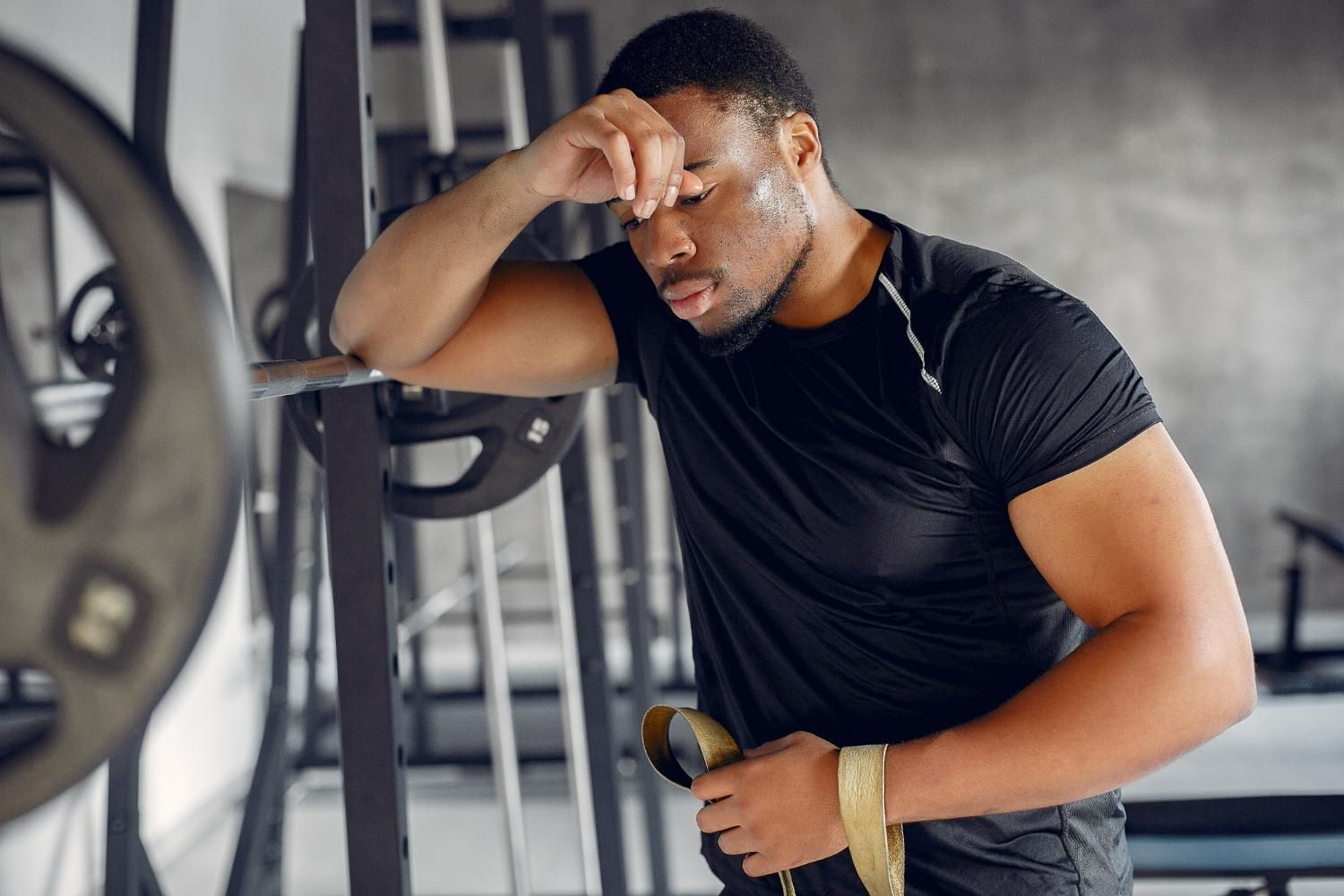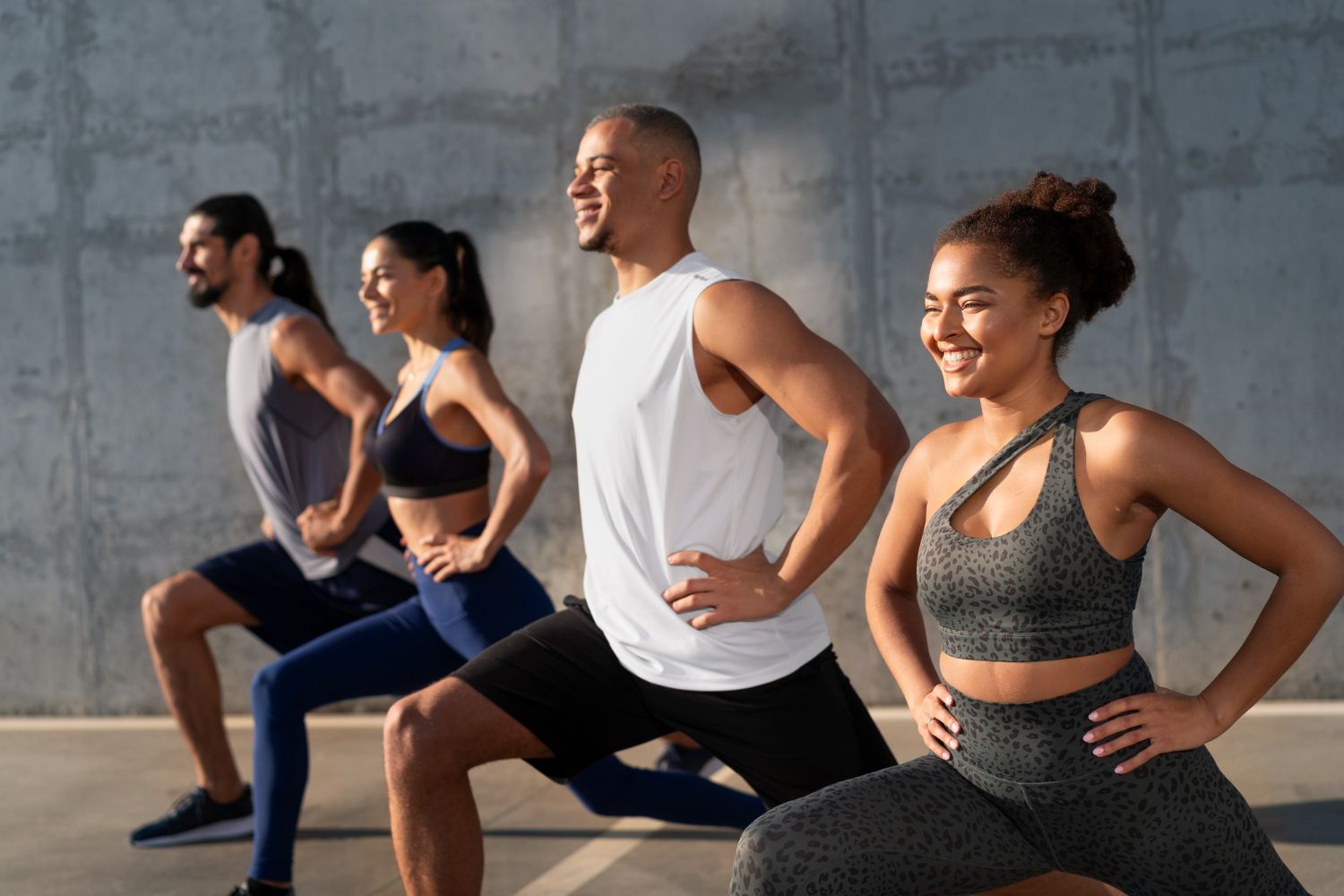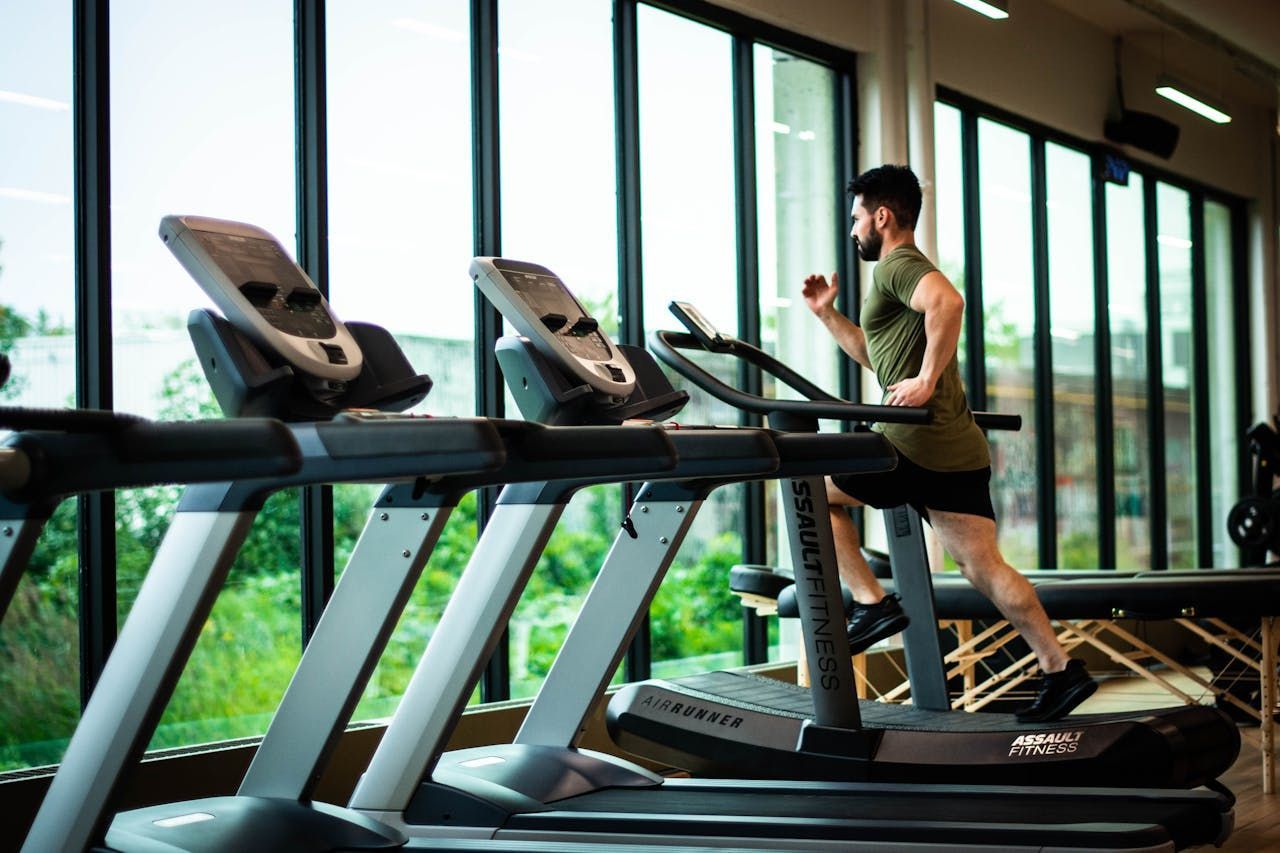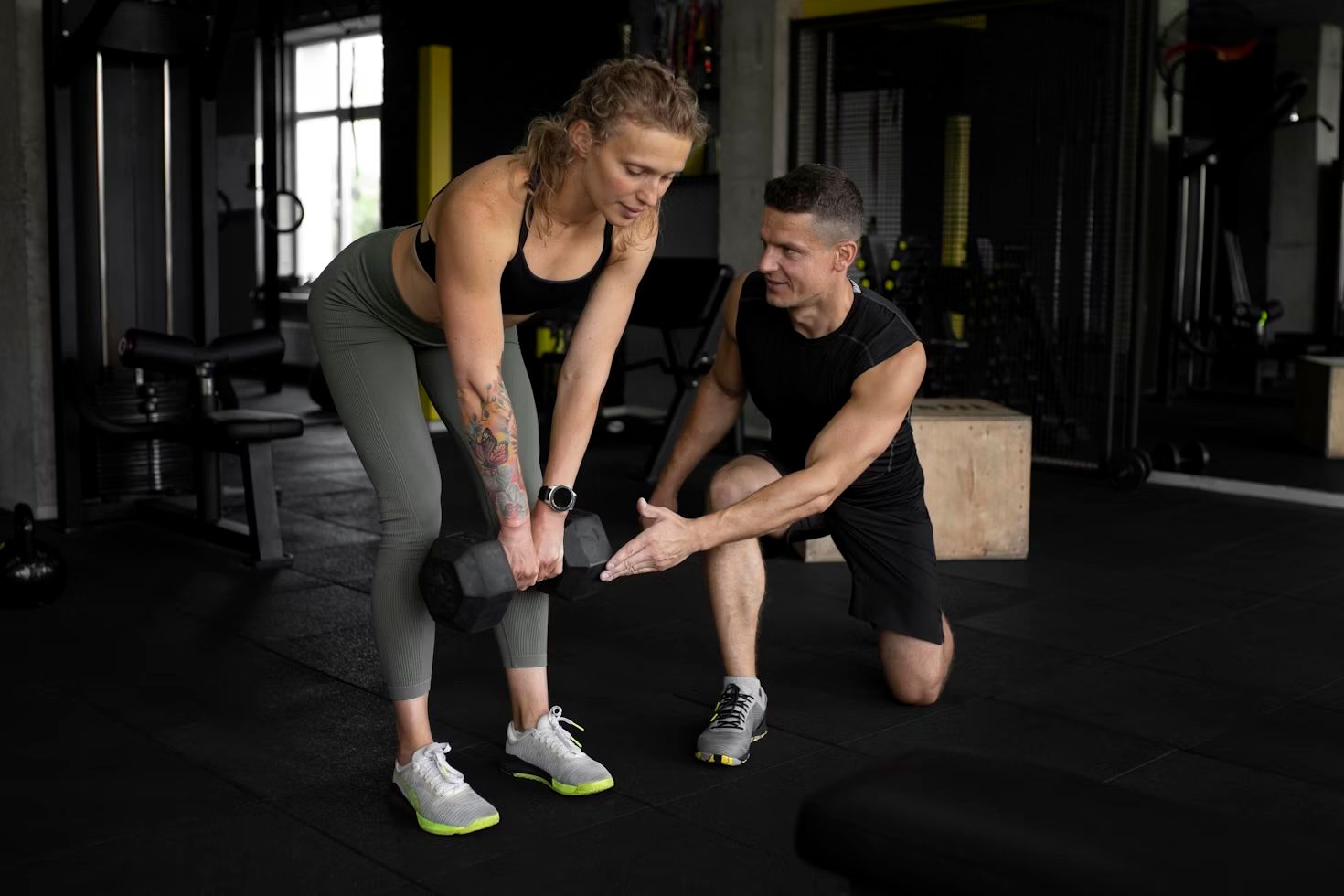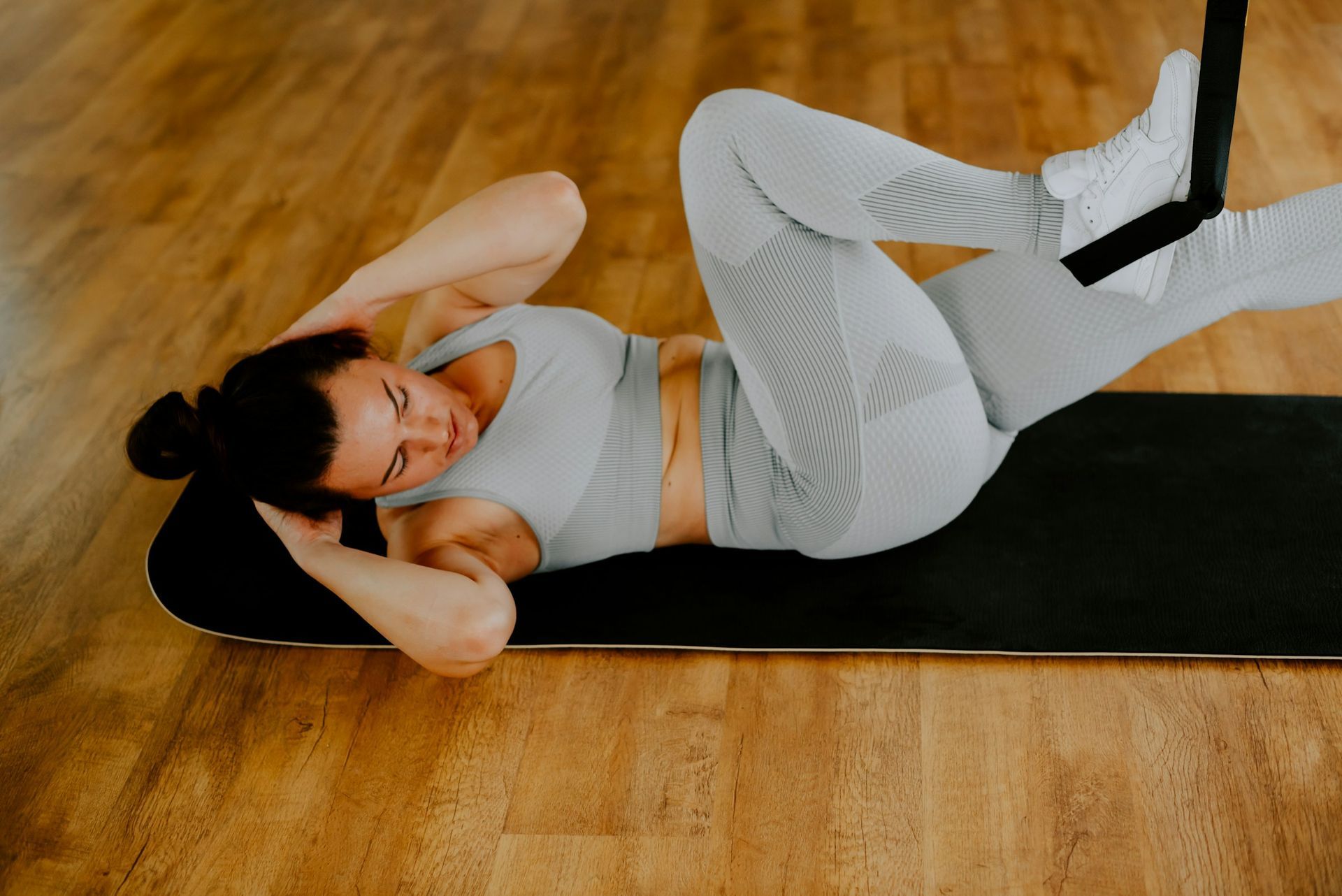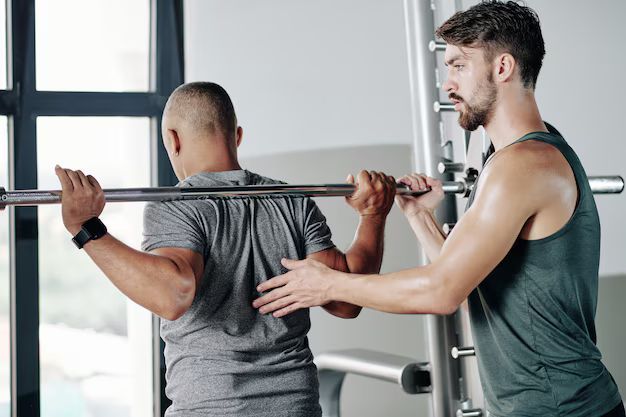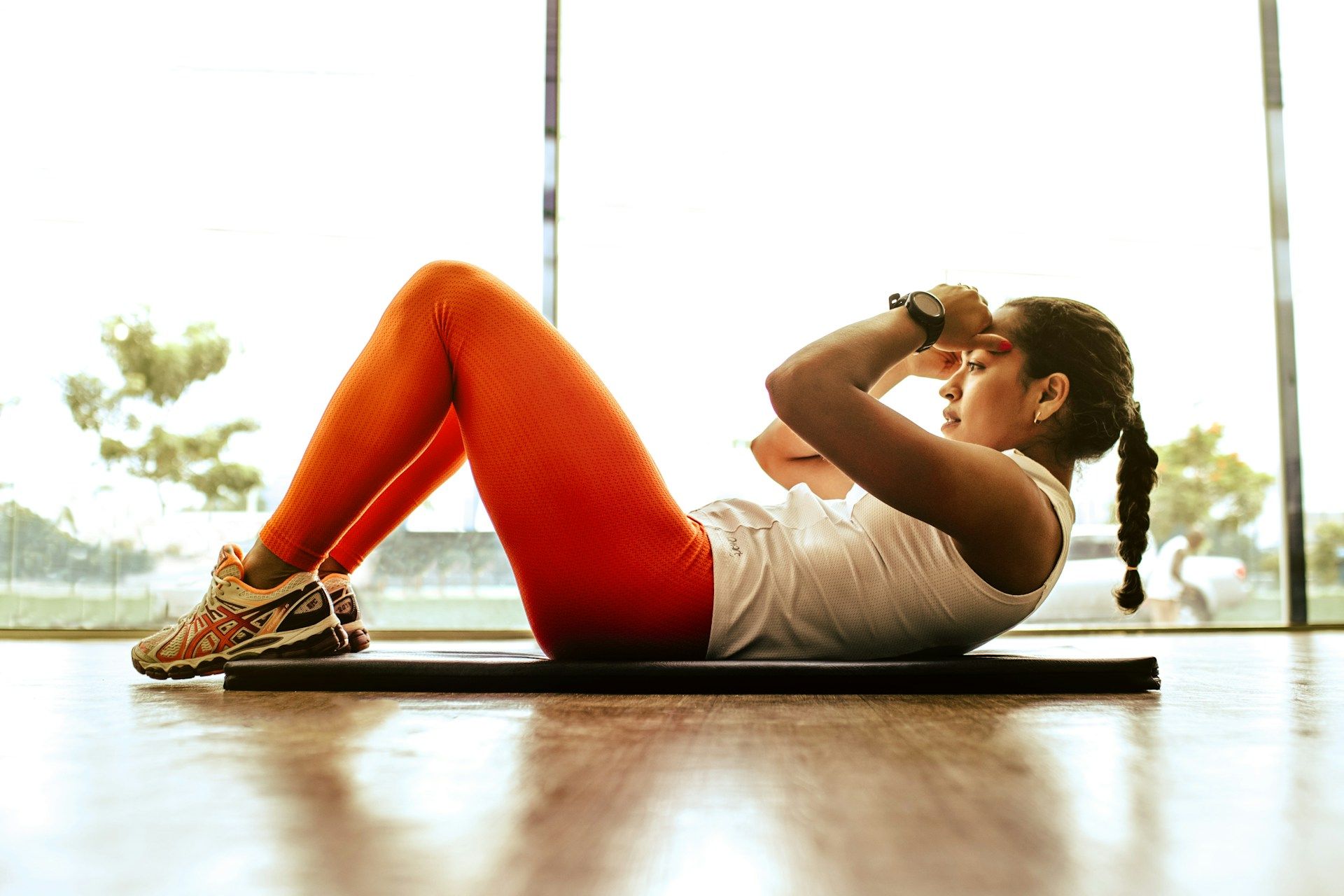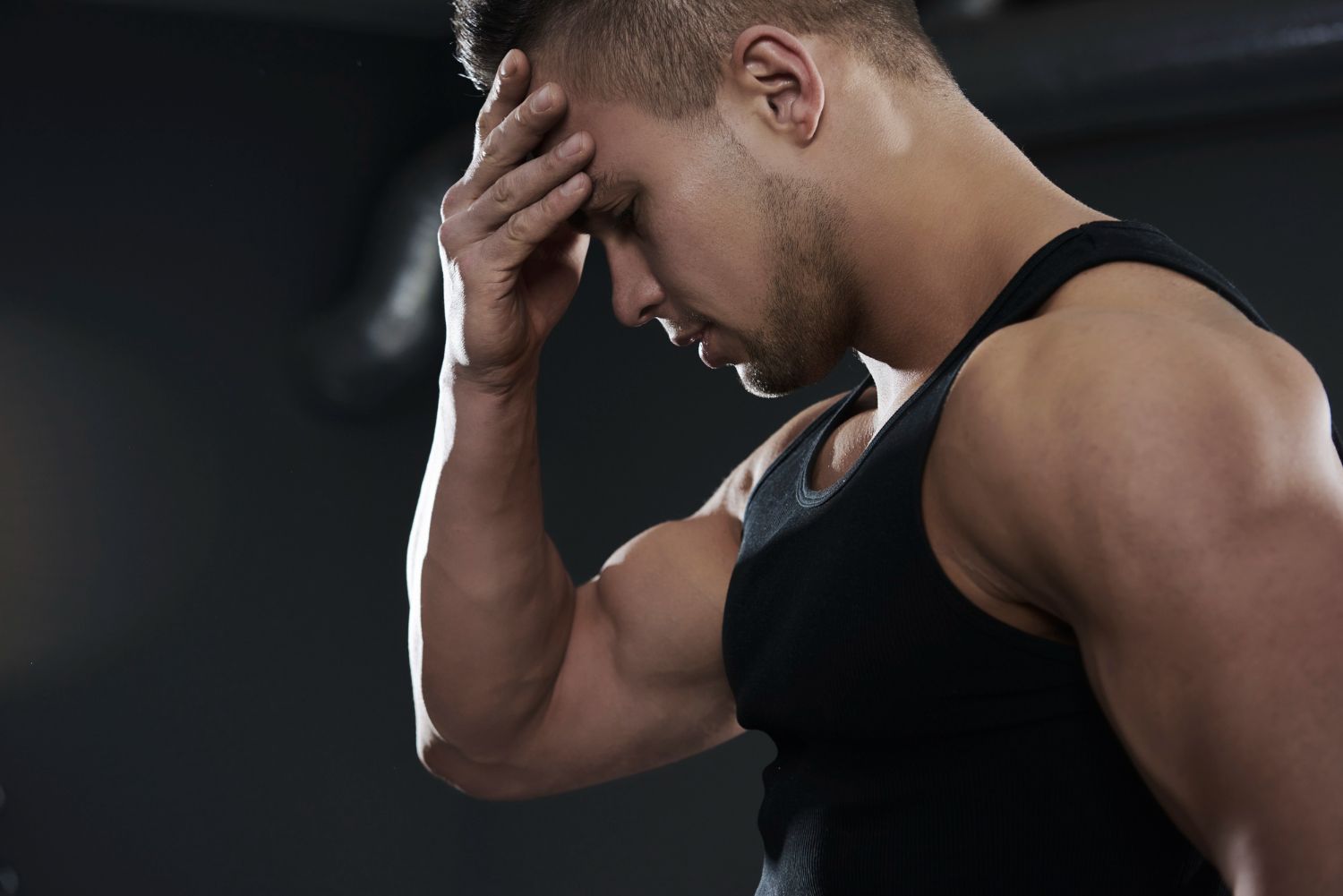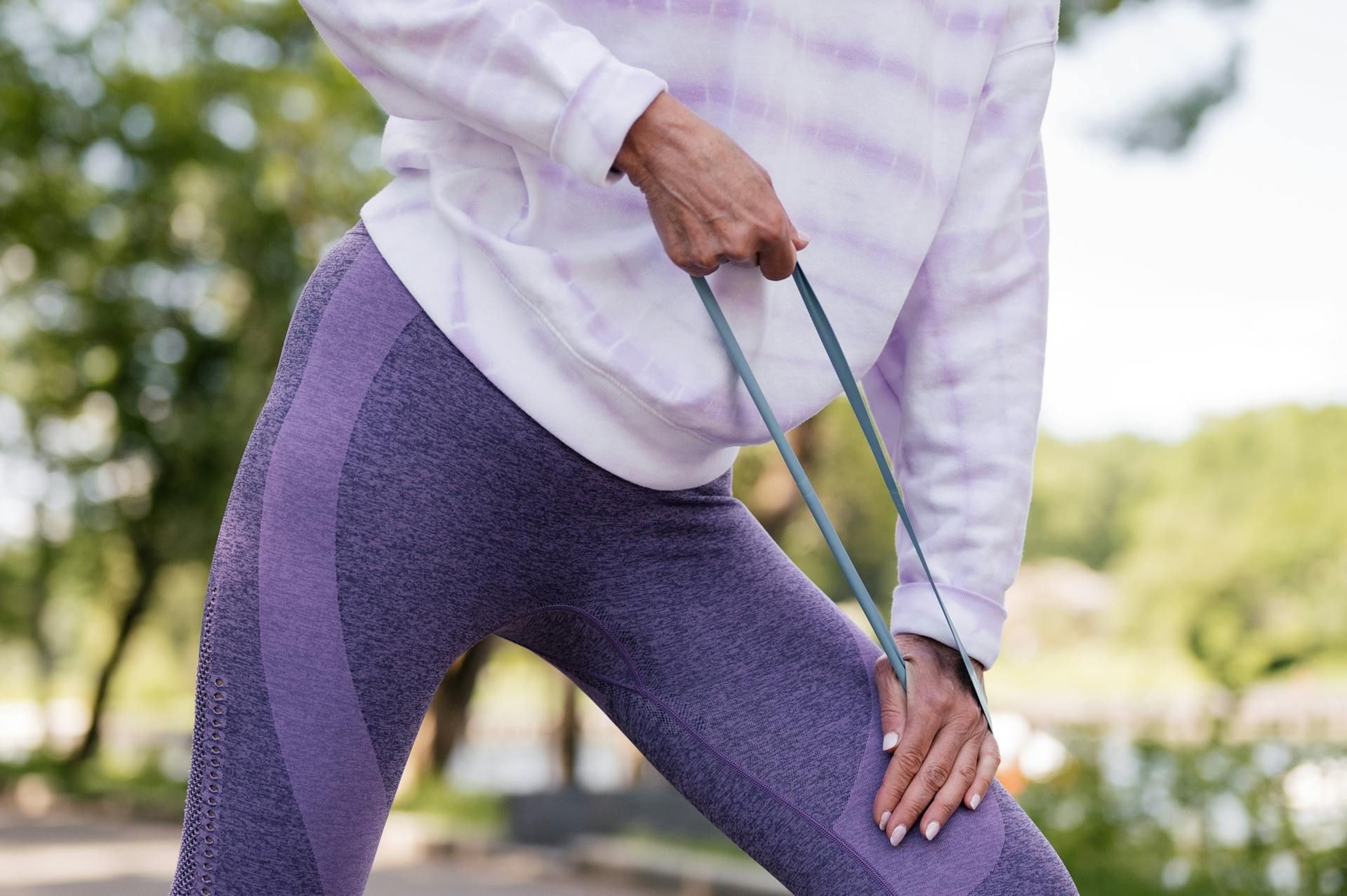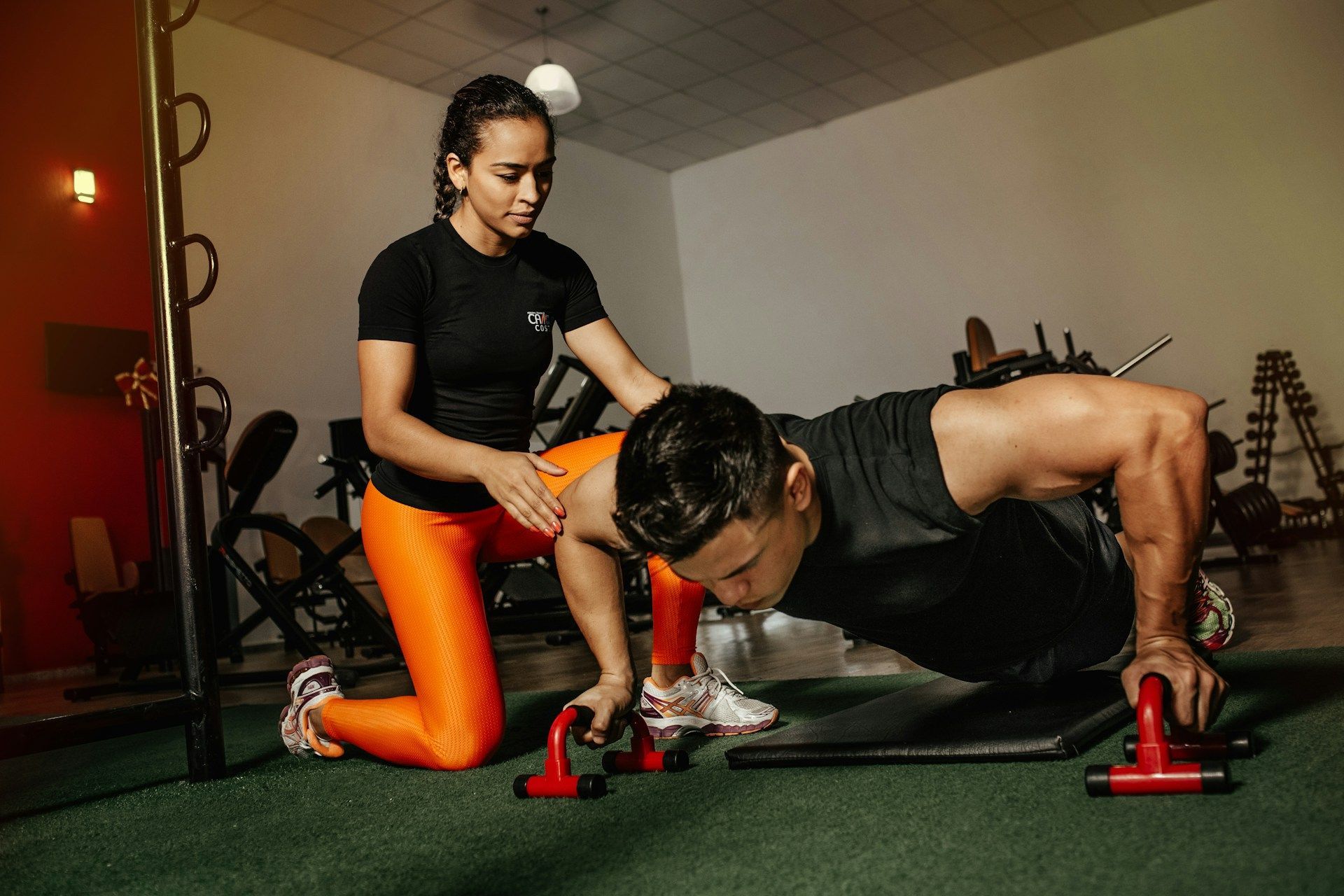Signs of Muscle Fatigue During Seasonal Sports on St. Simons Island
Summertime on St. Simons Island usually means more time outside, more social sports, and a whole lot more sweat. Whether it's tennis, flag football, or beach volleyball, people tend to ramp up their physical activity this time of year. While these sports can be a fun way to stay active, they can also add new stress to your muscles. If you're powering through multiple games a week or switching up your routine for the season, muscle fatigue can sneak in faster than you might expect.
Learning to recognize the signs early can help you avoid injury and keep your performance steady. It's easy to brush off soreness or slow legs as a normal part of training, but sometimes your body is actually asking for something else, such as rest, repair, or support. At Live Oak Fitness, we see this often, especially with folks jumping into new seasonal routines without enough prep.
Remember, it is important for your health and safety to always check with your doctor or one of the personal trainers at Live Oak Fitness before beginning any workout program.
What Is Muscle Fatigue?
Muscle fatigue is more than just being tired after a long day. It happens when your muscles lose the strength they need to do something physical, even if they're trying. It usually shows up as a mix of weakness, sluggish movement, or that shaky feeling during or after activity. If your legs feel like jelly mid-run or your arms don’t seem to listen during overhead workouts, you’re probably dealing with some level of muscle fatigue.
What's happening on the inside is pretty simple. When your muscles are repeatedly used without enough rest or recovery, they get low on the fuel they need to perform. Waste products build up, and your muscles lose their ability to contract the way they should. On top of that, signals between your nerves and muscles don’t fire as well, making movements feel harder or slower.
Seasonal sports on St. Simons Island can make muscle fatigue show up quicker. That’s because the hot, humid climate speeds up fluid loss, and many people push harder during recreational sports than they do during structured workouts. Sand-based sports like beach volleyball or conditioning in open parks also involve uneven surfaces and different movement patterns, which use muscles in new ways. A person who usually trains indoors or hits the gym during spring might feel the difference fast once summer rolls in.
Common Signs Of Muscle Fatigue During Seasonal Sports
Knowing what to watch for can make a big difference in catching fatigue before it wears you down. Here are some signs that your muscles might be reaching their limit during summer sports:
1. Persistent soreness that lasts longer than usual, even after rest
2. A noticeable drop in strength or control during activities in which you normally do well
3. Heavier, slower movement where legs or arms feel like they’re dragging
4. Longer recovery time between games or workouts
5. Lack of coordination or balance during drills or sports performance
It’s easy to confuse muscle fatigue with basic post-exercise soreness, but they’re not the same thing. Normal soreness usually settles down after a day or two and doesn’t affect performance too much. Muscle fatigue, though, sticks around and creeps into how well you can move, lift, or repeat a motion.
Once those signs appear, it’s time to pause and take a closer look at your routine. Taking breaks, switching up the intensity, or getting support from a trainer can help stop fatigue before it becomes a bigger problem.
Preventing Muscle Fatigue Before It Starts
On St. Simons Island, the mix of heat, humidity, and outdoor activity makes it even more important to avoid muscle fatigue before it starts. That means adjusting your workout and recovery habits to stay on top of your game. Trying new sports or changing your usual schedule? Your body needs a heads-up. One effective way to prepare is by warming up properly before every session. This doesn't have to be complicated. Light cardio like jogging or jumping jacks mixed with some active stretching can do the trick.
Just as warm-ups matter, cool-downs shouldn’t be skipped. A cool-down helps bring your body back to its usual rhythm and encourages quicker recovery. Take five to ten minutes for slow movements and light stretching, especially after games on the sand or drills in the hot sun. Recovery also includes sleep and hydration. The more sweat you lose, the more water your body needs to help muscles recover.
Here are a few ways you can help lower your risk of muscle fatigue on St. Simons Island:
- Rotate muscle groups to avoid overtraining the same area
- Build in complete rest days, even during a busy sports season
- Use proper footwear to support your ankles and knees, especially on uneven ground
- Avoid long gaps between sessions followed by intense activity
- Keep your post-game or post-workout routines consistent
It’s tempting to go full speed when summer competition gets going, but holding back just a little can help you stay active longer without setbacks. Think of it like conserving energy during a long race. Strategic pacing helps performance.
How Expert Help Makes the Difference on St. Simons Island
On St. Simons Island, seasonal sports often shift from outdoor fields to indoor games once the heat kicks up, but that doesn’t mean muscle fatigue disappears. Indoor basketball, summer strength challenges, and racquet sports can wear you down just as quickly. Muscle fatigue doesn’t depend only on heat or terrain. It builds up through repetition, poor recovery habits, or pushing limits too fast after a break.
This is where expert help comes in. A well-trained personal trainer can track not just your performance, but how your body responds to it. That includes spotting early signs of fatigue, adjusting routines before exhaustion sets in, and walking you through recovery steps that actually work. Whether you're rehabbing from a setback or just trying to gain strength without overtraining, the outside perspective helps keep training safe and effective.
Someone working with a personal trainer may see fewer issues across the season because their plan is made to evolve with their needs. That might include:
- Adding balance and stability drills to improve control
- Switching routines based on fatigue level or recovery pace
- Tracking soreness and performance to fine-tune intensity
- Mixing short impact workouts with longer recovery days
What this all adds up to is a smarter way to train. Instead of burning out midway through the season, you can build endurance and strength the right way with support.
Stay Strong All Season on St. Simons Island
Keeping your body in good condition during seasonal sports isn’t about how hard you push. It’s about how well you manage what your body tells you. Muscle fatigue doesn’t always shout. Sometimes it just whispers through slower steps, off-balance moves, or soreness that lingers longer than usual. When you understand the signals and act on them early, you give yourself the best shot at staying strong all summer long.
On St. Simons Island, the active lifestyle can be rewarding and challenging at the same time. Whether you're diving into a new sport or stepping up your usual routine, it pays to listen to your body, adjust when needed, and move with intent. If you're not sure how your training stacks up, that’s where the right kind of help can change the game.
Working with a weight loss trainer at Live Oak Fitness on St. Simons Island offers next-level support. They offer programs that are customized for you and help you safely get to where you want to be.
End muscle fatigue issues before they start by working with a trusted
weight loss trainer in St. Simons Island. Whether you're switching sports or upping your activity level, this type of customized support helps build endurance and strength at your pace. Find out how Live Oak Fitness can support your goals and help you move with more confidence.

